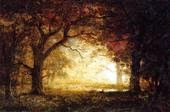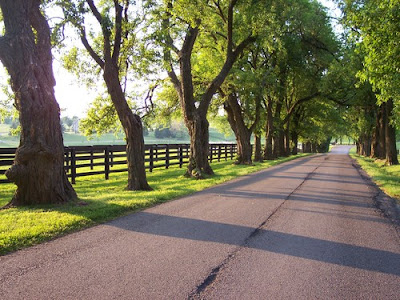Holly Blossom Time
I drive with the windows down now. Not just because I like the wind in my face but also because the air smells like honeysuckle and holly blossom.
The former is a well known harbinger of summer; the latter has taken me a while to recognize. It is subtle and tender, not as overpowering as honeysuckle but just as redolent of warm weather and freedom.
Here is the holly flower, blurry and slightly past peak. A blossom hidden under the canopy of this prickly, upright tree.
We think of the holly around the holidays but it’s just as important now, when it sweetens the air with its scent.



